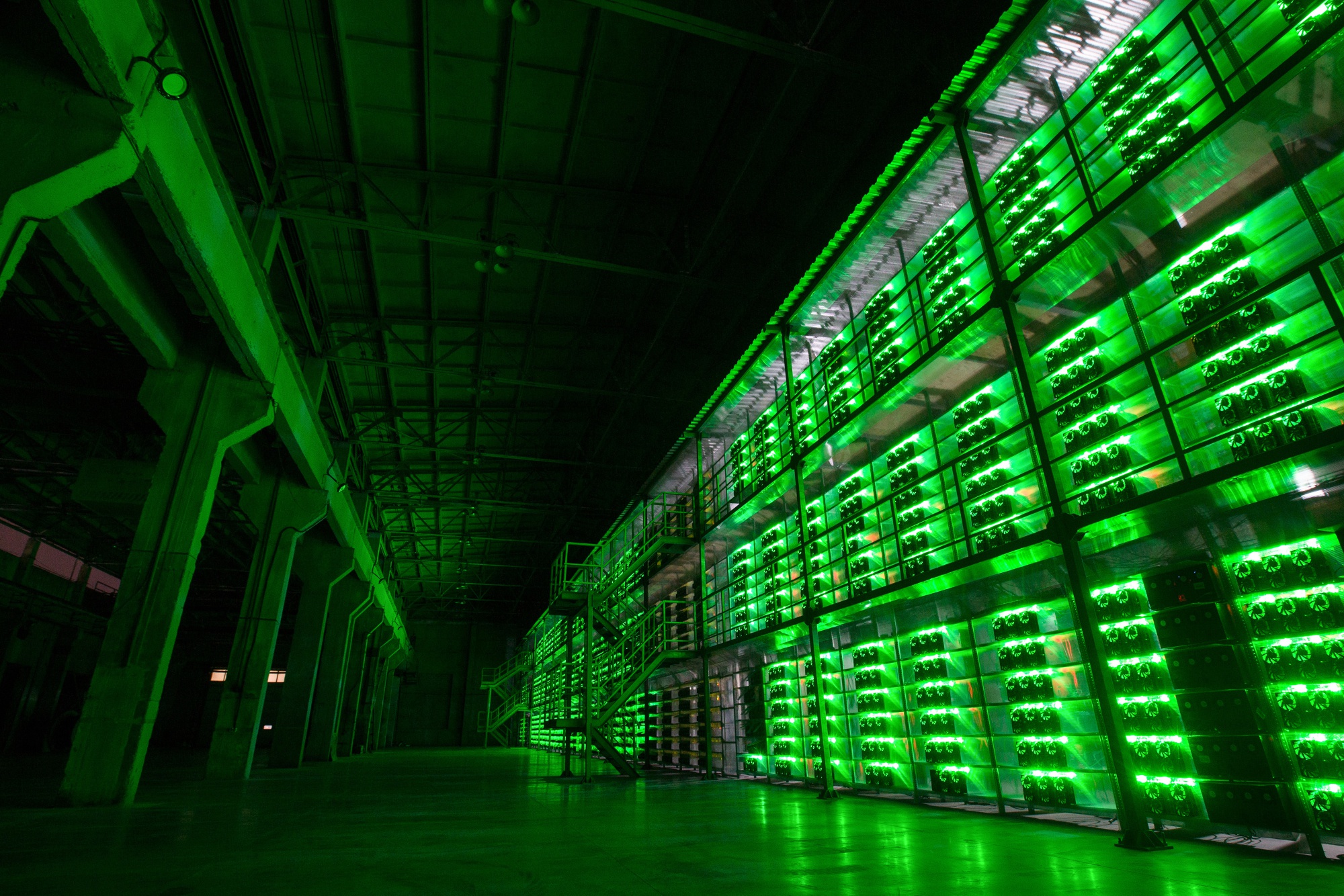What is a Mining Farm?

What is a Mining Farm?
Mining farms are crucial in the world of cryptocurrency. What is a mining farm? They are large-scale setups dedicated to mining cryptocurrencies like Bitcoin. Let’s delve into the details of mining farms, their components, and their significance.
Understanding Mining Farms
A mining farm is a facility housing numerous mining rigs. These rigs are specialized computers designed to solve complex mathematical problems. Successfully solving these problems validates transactions on a blockchain network. In return, miners receive cryptocurrency as a reward.
Components of a Mining Farm
Mining Rigs
The backbone of any mining farm is its mining rigs. These rigs consist of powerful hardware, including graphics processing units (GPUs) or application-specific integrated circuits (ASICs). GPUs are versatile and can mine various cryptocurrencies, while ASICs are optimized for specific tasks.
Power Supply
Mining rigs consume a significant amount of electricity. Hence, a reliable and robust power supply is essential. Mining farms often partner with energy providers to ensure a steady and cost-effective power source.
Cooling Systems
Mining rigs generate substantial heat during operation. Efficient cooling systems are crucial to prevent overheating. Farms use advanced cooling techniques, such as liquid cooling and industrial-grade fans, to maintain optimal temperatures.
Network Connectivity
A stable and high-speed internet connection is vital for mining operations. It ensures that mining rigs can communicate with the blockchain network efficiently. This connectivity reduces latency and increases the chances of successfully mining a block.
The Role of Mining Farms in Cryptocurrency
Mining farms play a pivotal role in validating cryptocurrency transactions. By solving cryptographic puzzles, they add new blocks to the blockchain. This process, known as proof-of-work, ensures the integrity and security of the blockchain network.
Earning Cryptocurrency
Miners earn cryptocurrency as a reward for their efforts. This reward incentivizes individuals and organizations to invest in mining farms. The profitability of a mining farm depends on various factors, including the cost of electricity, hardware efficiency, and the current price of the mined cryptocurrency.
Challenges Faced by Mining Farms
One of the primary challenges is the high energy consumption of mining farms. The extensive use of electricity not only impacts operational costs but also raises environmental concerns. Many mining farms are exploring renewable energy sources to mitigate these issues.
Hardware Maintenance
Mining hardware is prone to wear and tear. Continuous operation at high capacities can lead to hardware failures. Regular maintenance and timely upgrades are necessary to ensure optimal performance and longevity of mining rigs.
Regulatory Concerns
Cryptocurrency regulations vary across countries. Some regions impose strict regulations on mining activities, while others offer a more favorable environment. Navigating these regulatory landscapes is crucial for the smooth operation of mining farms.
Future of Mining Farms
The future of mining farms looks promising with technological advancements. Innovations in hardware efficiency and cooling techniques can reduce operational costs. Moreover, the shift towards sustainable energy sources can address environmental concerns.
Conclusion
Mining farms are the backbone of the cryptocurrency mining industry. They play a crucial role in validating transactions and securing blockchain networks. Despite challenges like high energy consumption and hardware maintenance, mining farms continue to evolve. With advancements in technology and a focus on sustainability, the future of mining farms holds great potential.







 Bitcoin
Bitcoin  Ethereum
Ethereum  Tether
Tether  Solana
Solana  USDC
USDC  XRP
XRP  Lido Staked Ether
Lido Staked Ether  Dogecoin
Dogecoin  TRON
TRON  Toncoin
Toncoin  Cardano
Cardano  Avalanche
Avalanche  Wrapped stETH
Wrapped stETH  Shiba Inu
Shiba Inu  Wrapped Bitcoin
Wrapped Bitcoin  WETH
WETH  Chainlink
Chainlink  Bitcoin Cash
Bitcoin Cash  Polkadot
Polkadot  Uniswap
Uniswap  Dai
Dai  NEAR Protocol
NEAR Protocol  Aptos
Aptos  LEO Token
LEO Token  Sui
Sui  Litecoin
Litecoin  Wrapped eETH
Wrapped eETH  Pepe
Pepe  Bittensor
Bittensor  Internet Computer
Internet Computer  Artificial Superintelligence Alliance
Artificial Superintelligence Alliance  Monero
Monero  Ethereum Classic
Ethereum Classic  Stellar
Stellar  POL (ex-MATIC)
POL (ex-MATIC)  Stacks
Stacks  First Digital USD
First Digital USD  WhiteBIT Coin
WhiteBIT Coin  Ethena USDe
Ethena USDe  dogwifhat
dogwifhat  Immutable
Immutable  OKB
OKB  Arbitrum
Arbitrum  Aave
Aave  Filecoin
Filecoin  Optimism
Optimism  Cronos
Cronos  Injective
Injective